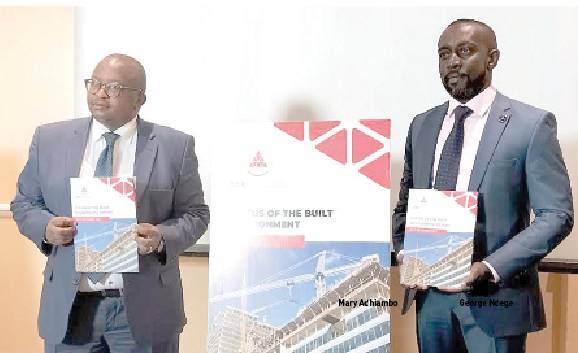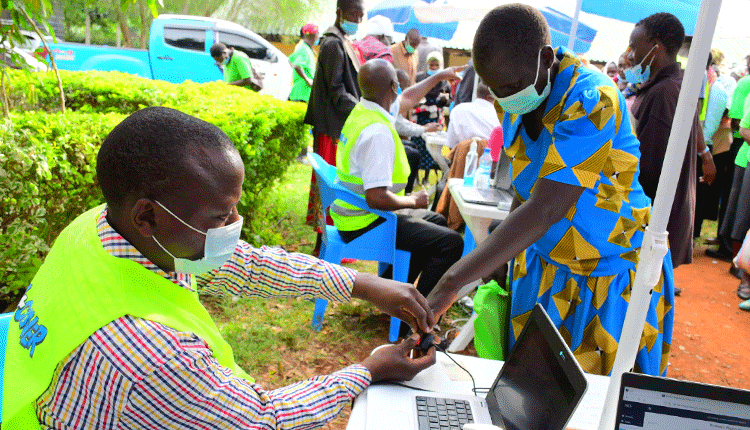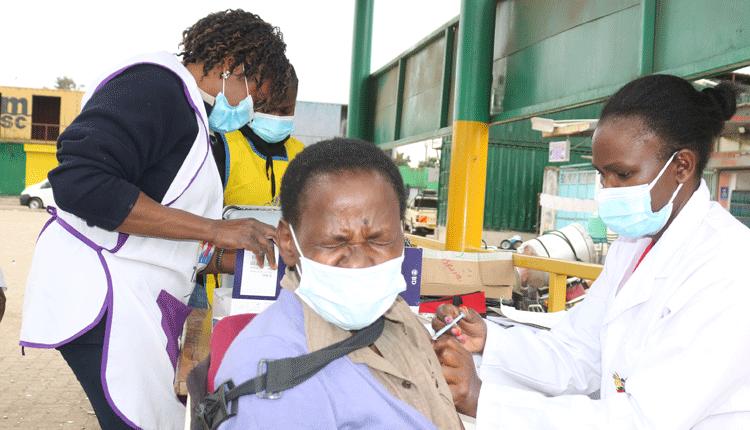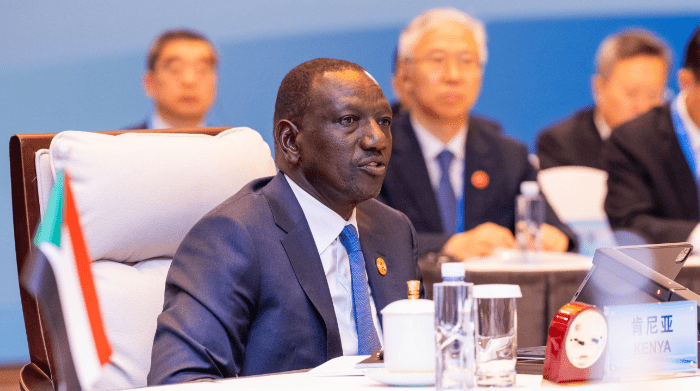Why small rental units pack a big punch for developers

In a dramatic turn of events, developers have turned their backs on the once profitable luxurious and big residential apartments segment to shift focus on constructing smaller apartments in efforts to meet the industry’s latest demands.
For some reasons, not limited to prevailing economic conditions, small sized apartments, notably one and two bedrooms, have seen an uptick in demand and investments across cities and market nodes, a report by Architectural Association of Kenya’s (AAK) Status of the Built Environment report, reveals. “Small-size residential family units, such as one-bedroom and two-bedroom apartments were in high demand.
The market for affordable small-size family housing units grew. Investors in this house type were among the few gainers in the sector. Returns were higher for smaller apartment units, especially two-bedroom; this implies that demand is more for these house-types than the big-size apartments.
It also means that smaller-unit apartments are the new investment destinations, and any investor intending to enter the market amid the Covid-19 pandemic should look in that direction,” the report analysing industry activities in the first half of 2021said.
Players say the desire to be closer to their workplaces and aspiration to live in leafy suburbs, such as Kileleshwa, Westlands, Kilimani and Lavington, has also resulted in the decision by developers and investors opting to construct smaller apartment units in such areas.
Mary Odhiambo, the chairperson of AAK Quantity Surveyors chapter (AAK-QS chapter) says this trend has been influenced by demographics.
“Some are living with their young families and some live alone, hence they demand smaller houses or apartments. The demand for short stays and vacation rentals, such as vacation rental Airbnb have made developers create such,” she notes.
A similar report done by the Kenya National Bureau of Statistics (KNBS) in 2020 noted that houses in the city were becoming smaller as developers rushed to attract low income earners tenants residing in the city trying to make ends meet.
The pandemic too increased this demand for smaller units as people couldn’t afford bigger houses. In addition, the price and demand for land rose forcing developers to go for flats instead of standalone permanent houses to maximise on the income. For some, Mary says, this is a way to offset loans and make profits years after construction.
However, she urges investors who build in high-end areas to involve stakeholders in planning and zoning since such small units will affect traffic and zoning of the areas.
The highrise apartments have also been blamed for causing the once elegant estates of Kileleshwa and Lavington to lose their appeal and status. “Instead of developers doing this as a silo, at the commencement, they should use professional services so that we ensure that whatever they are putting up is meeting the demands of the particular town or location and that of the people around there and those intended to live there.
The society too keeps changing and we need to keep track of what’s going on in the market,” she recommends.
Lower cost of construction
The report further indicated that the cost of construction dropped by 300 per cent over the last four years, despite increase in the price of land with the average construction cost ranging between Sh5 million and Sh50 million.
When it comes to supply, smaller units also help reduce the soaring building costs that the construction industry is facing today. The costs of both land and building supplies are at high points, making it difficult to embark on big construction projects, the players said.
Other reasons given for the decline in the cost of construction, included adoption of new technology, which has meant that construction is now more mechanised unlike in the past when it was manual.
“Further, the availability of cheaper construction materials, such as gypsum has seen the building sector move away from wood, which is more expensive,” the report read.
“The economy started recovering in the second half of 2021 and it seemed like the country was emerging from the pandemic. The crisis has also triggered a number of structural changes in the real estate industry,” noted Wilson Mugambi, AAK president.
The residential real estate offered opportunities to developers as gains in commercial spaces dried up, according to the report. This was as a result of companies embracing the new normal of working away from their physical office.
“The containment measures triggered by the pandemic resulted in a decline of company revenues, which resulted in layoffs and pay cuts. Consequently there was low take up rates in office buildings and retail outlets,” he noted.
However, despite the decline, there was still opportunity that existed in commercial real estate. “Businesses still need offices despite the work from home arrangements and manufacturers still need factories and warehouses while e-commerce companies need logistic, such as dispatch centres and sortin,” he explained.
George Ndege, AAK Chairman of Architects Chapter, believes that developers still need to create such spaces as they are being repurposed into other use.
“Most developers don’t think about who they are targeting when it comes to office developments, but there is a large clientele, such as governments, startups, Small and Medium Entreprises (SMEs) and others who use office spaces for various purposes. Those who have been able to repurpose their buildings have ventured into co-working spaces too,” he noted.
The said decline in the cost of onstruction notwithstanding, the survey also raised concern on the viability of investments in real estate given the rising prices of land.
This according to the Kenya Mortgage Refinance Company is one of the major challenges facing the uptake of mortgage in Kenya, which currently stands at only 25,000 annually.
In the report by the State Department of Housing and Urban Development the cost of constructing a one-meter square currently stands at approximately Sh25,000 down from approximately Sh65,000 recorded in 2017.















